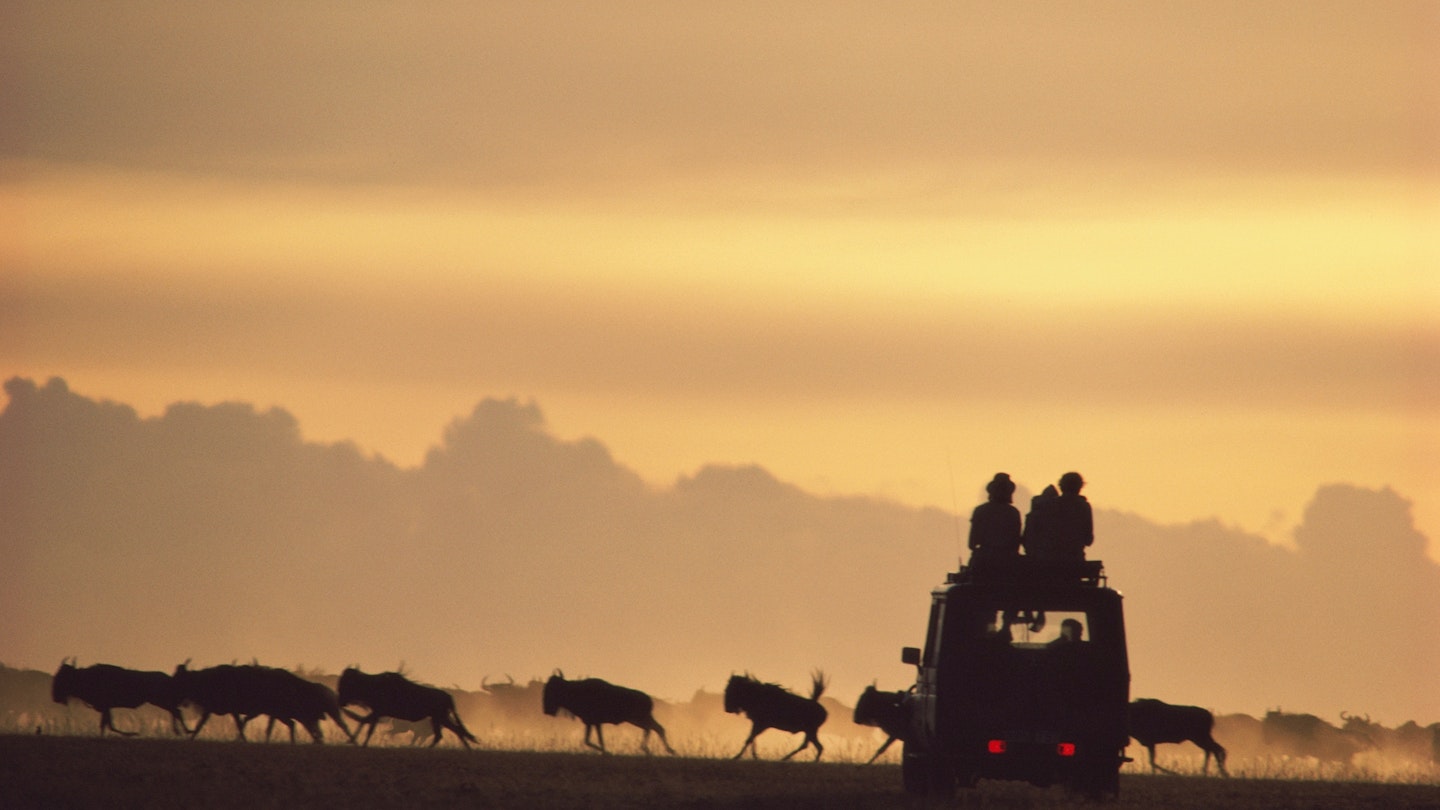A safari in Africa is, for many, the trip of a lifetime. However, that doesn’t mean you need to spend your life savings to make it happen.
Indeed, the safari industry often promotes itself in exclusive terms, featuring luxury safari lodges and tented camps. Consequently, the remote locations of many safari destinations, some accessible only by small planes, can inflate costs beyond what many travelers can afford. Nevertheless, it doesn’t have to be like that.
What constitutes a good value safari experience can differ greatly from traveler to traveler. Those who prioritize comfort may focus on finding the best season to travel, while others might opt for a DIY camping safari for better value. Therefore, consider the following tips to enhance your safari experience without overspending.
1. Choosing When to Go
The timing of your safari can significantly influence its cost without compromising the quality of your wildlife experience. Seasons vary across different destinations, and understanding these regional differences can benefit you financially while still achieving your wildlife viewing goals. In Botswana, for instance, peak season in Chobe National Park and the Okavango Delta generally runs from June to September. However, the cooler months from June through September are considered low season in the Central Kalahari Game Reserve. This presents an excellent opportunity for wildlife viewing at a lower cost.
If you’re willing to take a risk on weather conditions, consider planning your safari between November and January, typically associated with the rainiest period in East Africa and Southern Africa. Although wet weather is common, these lighter rains often only limit safari possibilities for a short time, allowing for still thrilling wildlife encounters.
2. Choosing How to Go
Generally, a DIY safari—where you handle transportation and accommodation arrangements—tends to offer better value compared to all-inclusive safaris. This holds particularly true in budget and mid-range categories, while luxurious options may vary more significantly.
Another key factor impacting the cost-value ratio of your safari is transportation. While renting a 4WD camper for a self-drive safari involves substantial upfront costs, it provides combined accommodation and transport solutions. However, locations needing small plane flights push overall costs higher due to additional provisioning expenses passed on to guests.
3. Choosing Where to Go
Southern Africa
In Southern Africa, many parks and reserves target regional tourists, resulting in generally lower prices compared to East Africa.
South Africa
South Africa offers excellent value, particularly evident in Kruger National Park. Accessible via a well-connected road network, visiting Kruger allows explorations in a standard 2WD vehicle, keeping costs manageable. Park entry fees are reasonable, and various accommodation options deliver great value, including comfortable lodging and luxury experiences in conservancies around Kruger.
Namibia
Namibia presents outstanding value, especially in Etosha National Park. With reasonable park fees and diverse accommodations, visiting Etosha promises exceptional wildlife viewing. However, other areas can offer a mixed bag of luxury lodges and basic camping sites, varying by region.
Zambia
Zambia serves as a versatile safari destination, well-suited for both self-drive adventurers and those seeking reasonably priced luxury stays, often accessible by road without incurring additional flying costs.
Zimbabwe
Zimbabwe impressively combines luxurious lodge experiences with affordable camping options in national parks, allowing budget travelers access to excellent wildlife viewing opportunities.
Botswana
Botswana operates on a high-cost, low-numbers model, emphasizing luxury for those who pay a premium. However, budget-friendly options exist, making self-drive routes viable for extraordinary wildlife experiences.
East Africa
East Africa is renowned as the birthplace of safaris, offering numerous options across various budgets. Nevertheless, two-tiered pricing for locals and foreigners within parks generally results in higher costs than in Southern Africa.
Kenya
Kenya delivers excellent safari value across all price categories. However, park entry fees can be high (up to US$60 per person per day), potentially disrupting budget plans.
Tanzania
Tanzania’s park entry fees are slightly lower than Kenya but still high compared to Southern Africa. Exploring major sites can add up quickly, particularly where affordable accommodation options are scarce.





